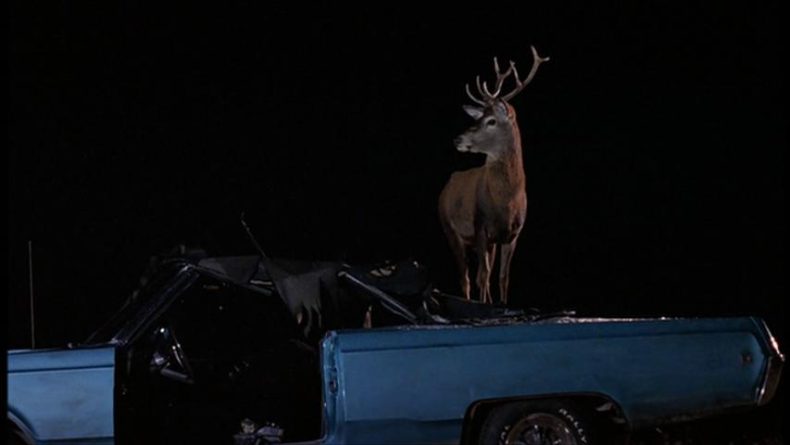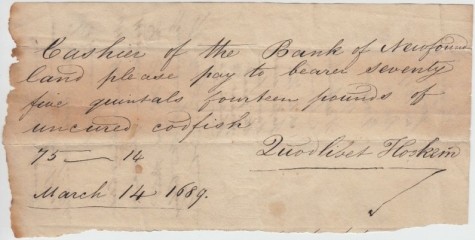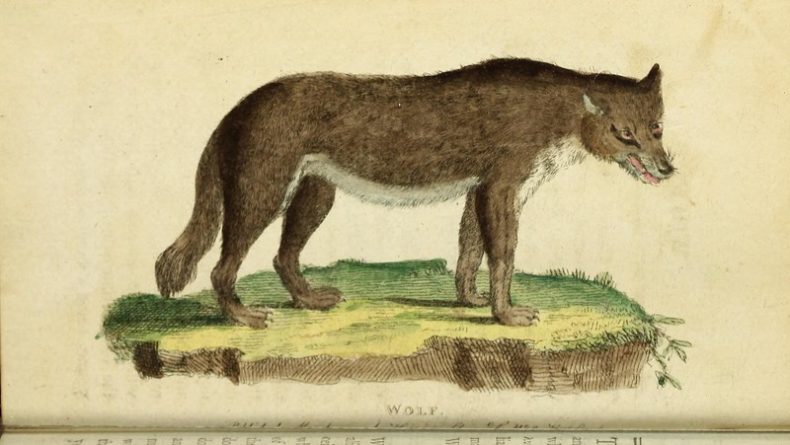By the time you finish reading this paragraph, somewhere in America, someone — a long-haul trucker cruising a lonely highway in Iowa, a soccer dad piloting his Subaru through the Virginia suburbs, a lawyer commuting to her office in Atlanta or Bismarck or Madison — will have hit a white-tailed deer. Since the mid-20th century, a period of exponential growth for both Odocoileus virginianus and Homo automobilis, the Deer-Vehicle Collision has been a staple of modernity. Drivers hit more than a million white-tails every year, accidents that cost the public billions in hospital bills and vehicle repairs. In the wolfless East, cars are practically the only predators deer have.
No wonder, then, that the deerkill has become an enduring pop-cultural trope, as ubiquitous onscreen as in real life. Ryan Reynolds kills a white-tail in gratuitous fashion in The Voices; Oscar Isaac and Jessica Chastain do the deed in A Most Violent Year. Deer crashes have been played for horror, as in The Ring 2, and for comedy, as on The Simpsons. Some representations defy the laws of physics; some are pointlessly cruel; some feature Tom Green. Nearly all involve the weaponization of a buck’s antlers, even though hunting pressure tends to skew sex ratios toward does. Cars and animals fly into the air as easily as kite surfers.
Despite the many duds, the annals of entertainment history contain the occasional roadkill masterpiece. In recognition of these gems, I’ve developed a precise, novel, and extremely science-based cinematic DVC ranking system. After some intensive YouTube perusal, I scored DVC scenes from film and television in four categories, each of which was worth ten points, for a total of forty possible points. Why forty? Why not?
Continue reading →



 For the love of trees and their leafy kin, and with Australia’s horrendous fires on my mind, here’s a piece I wrote a few years ago about the surprising capabilities of plants that make their burning especially sad. Meanwhile, researchers continue to uncover remarkable details about plants’ lives, as in
For the love of trees and their leafy kin, and with Australia’s horrendous fires on my mind, here’s a piece I wrote a few years ago about the surprising capabilities of plants that make their burning especially sad. Meanwhile, researchers continue to uncover remarkable details about plants’ lives, as in 